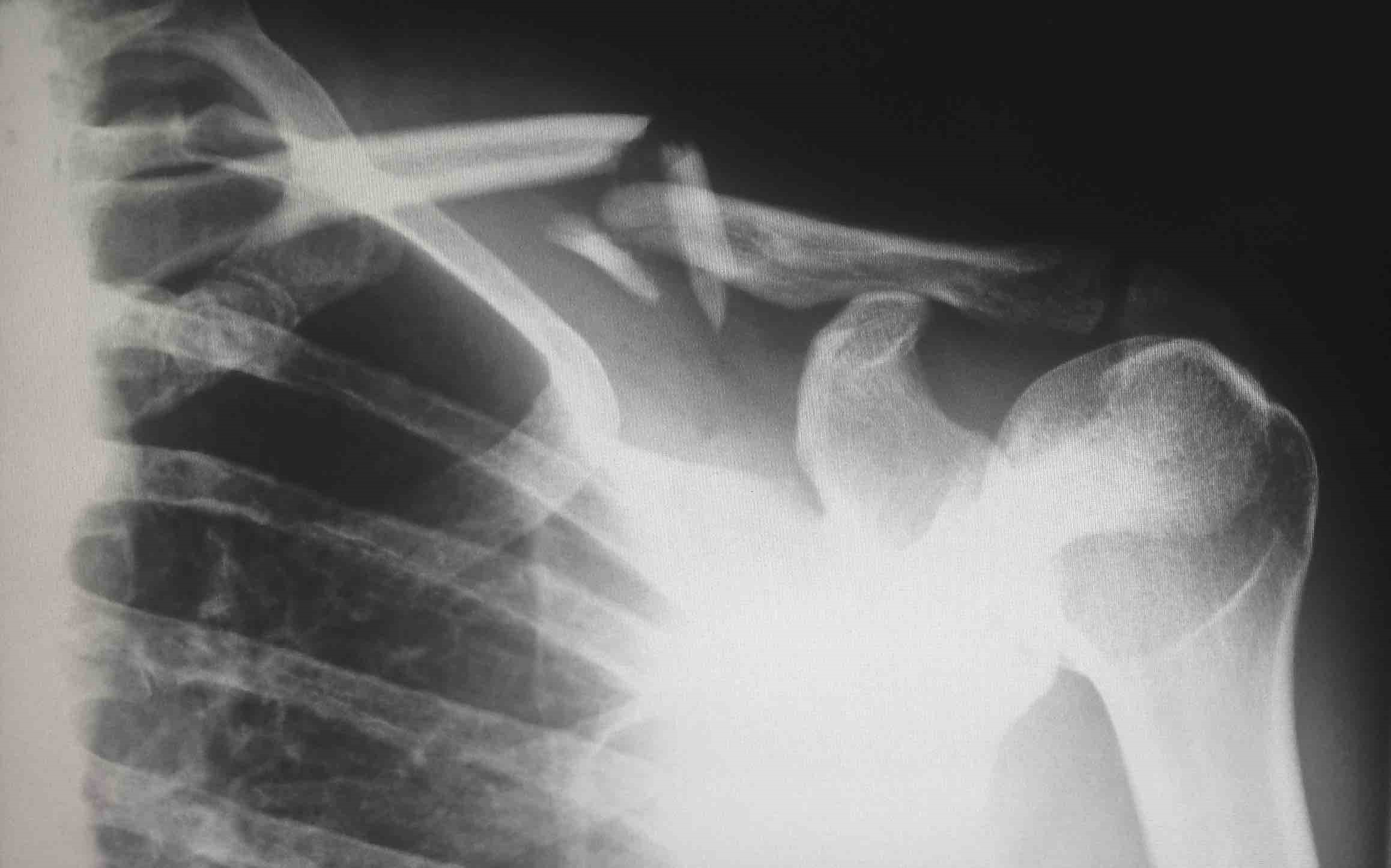If you are injured in an accident and you break a bone, you could be facing substantial medical bills, multiple surgeries, and lost wages. Broken bones, which are also known as fractures, can range greatly in severity depending upon the type of fracture and where on the body it occurs. According to the American Academy of Orthopaedic Surgeons (AAOS), bones can break in many different ways, including “crosswise, lengthwise, [or] in multiple pieces.” In most situations involving personal injuries, “the severity of a fracture usually depends on the force that caused the break,” but fractures in certain parts of the body can be more debilitating than others.
The AAOS provides detailed information about different types of fractures that can give rise to personal injury claims. We want to discuss the distinctions in more detail, and to explain how different types of fractures occur.
Different Kinds of Bone Fractures in Personal Injuries
Although bones are rigid, the AAOS underscores, they can “bend or give somewhat when an outside force is applied.” In traumatic accidents where bones are subjected to extreme force, multiple fractures may occur and a bone can even shatter. Yet not all fractures are the same. The following are the most common types of fractures and personal injuries that occur as a result of trauma in a car crash or other accident:
- Stable fractures: These types of fractures tend to be the least serious, and they involve a bone break in which “the broken ends of the bone line up and are barely out of place. With stable fractures, the injured person may be able to expect to heal relatively quickly (compared to other types of fractures). This type of bone break may also be known as a “closed” or “simple” fracture.
- Open or compound fractures: This kind of fracture is especially serious because, in addition to being a debilitating or disabling injury, it can also put the injured person at risk of severe infection. With an open or compound fracture, a bone might break “in such a way that bone fragments stick out through the skin, or a wound penetrates down to the broken bone.” In some cases, the bone itself might not be visible even though a severe fracture has occurred.
Within the kinds of fractures described above, bones can break in different patterns. The following are the most common kinds of ways that a bone will fracture:
- Transverse fractures: These types of fractures involve a “horizontal fracture line.”
- Oblique fractures: With this type of fracture, the bone breaks in “an angled pattern.”
- Comminuted fracture: This kind of fracture is extremely serious given that it means that a person’s bone has shattered in multiple pieces—three or more. Comminuted fractures can be open or closed fractures, depending upon what bone breaks and the force that caused the bone to break.
When facial fractures occur, they can be particularly disfiguring. Fractures that occur in other parts of the body can also be disfiguring and disabling, resulting in partial or total permanent disabilities.
Contact a Santa Fe Personal Injury Lawyer Many fractures result from trauma in common types of accidents such as motor vehicle crashes or slip and fall accidents. If you or someone you love suffered a fracture because of another party’s negligence, you should speak with a Santa Fe personal injury lawyer to learn more about your options for filing a personal injury claim. Contact Slate Stern Law to learn more about how we can assist you with your case.
